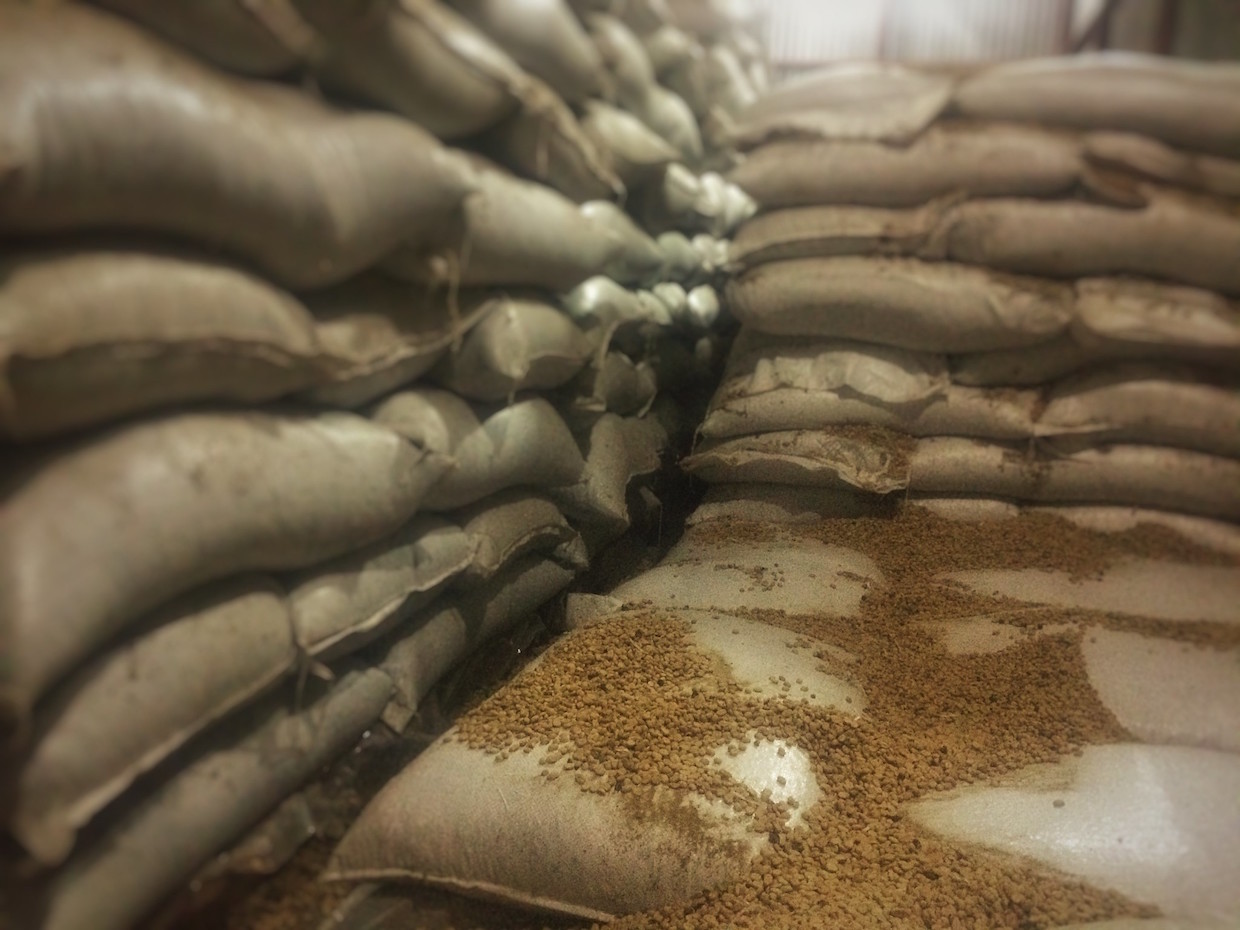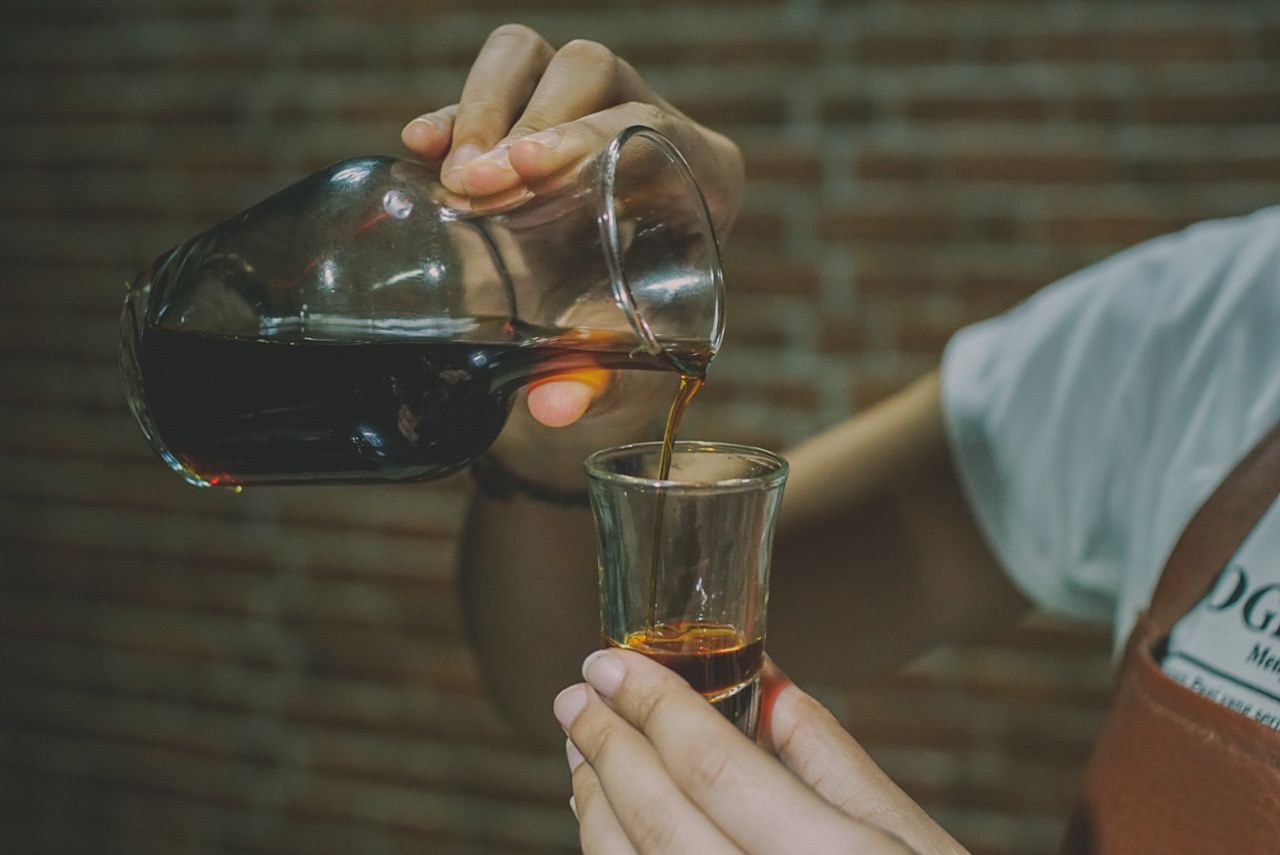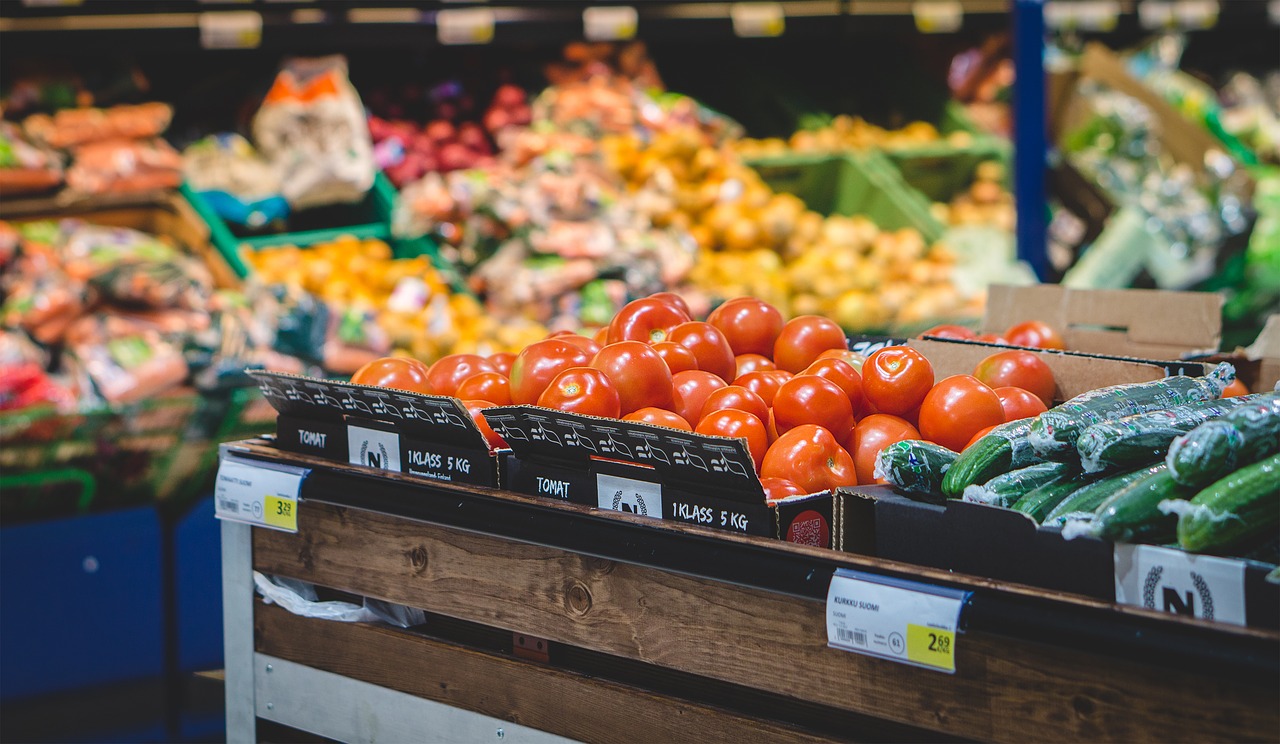Its springtime and the environmental holidays are blossoming with reminders of how each of us can strive to become more mindful stewards of our planet. The global coffee community has long since advocated for further discussion and involvement within the three major areas of sustainable development, including economic, social, and environmental issues.
The specialty coffee industry utilizes as many or more certification platforms than all other consumable goods, and this truly puts the coffee industry in a position of leadership in helping to shape a sustainable vision for the future of agriculture and product differentiation — a vision in which the value proposition of coffee can reach far beyond flavor attributes found in the cup.
The coffee industry continues to address environmental issues by incentivizing consumers and cafe owners to reduce the frequency and ease of using single-use packaging, while additionally sourcing items that are biodegradable or compostable.
But what about all those green coffee samples? What do you do with all those leftover green coffee samples? And, on a much larger scale, what becomes of all the lots from which those samples were drawn?
Green coffee samples, which are often sent to roasters for evaluation of a coming harvest or new offering, weigh anywhere between as little as 50 grams upwards to a pound or more. Considering each coffee plant produces enough fruit to result in only a single pound of coffee per year, you can figure each sample takes approximately 50% of a plant’s entire annual production, which most often is only partially used for sample roasting, and the remaining green coffee is often thrown into a dumpster.
The specialty coffee industry is aware of food waste issues perhaps more so than most other food-focused industries by training baristas to minimize milk waste, brewing espresso and coffee to exact ratios, and wasting as little as possible behind the bar. Yet the specialty coffee industry’s tendency towards strict quality expectations and controls lead to some amount of unnecessary waste at the importer and roaster levels.
For the sake of comparison, consider the fruit and vegetable industry, which caters to grocers demanding stellar presentation, visual uniformity, zero defects, and exceptional flavor.
With the realization that quality expectations by vendors have contributed to food waste — a global concern for both growers and consumers — the “ugly fruit” movement was born. The term refers to a classification of produce that does not meet quality standards set forth by vendors, which has contributed to the approximately 40% of all food in the United States being discarded, according to popular estimates.
The reality is that quality attributes, whether it is visual or flavor, play an extremely important role in marketing and customer satisfaction. The ugly fruit movement has actually capitalized on this, with startups finding market opportunities by retaining some value for produce that might otherwise be tossed. It should be noted that the ugly fruit movement has experienced some ethical complications of its own.
I believe the specialty coffee industry has an opportunity to borrow the “ugly fruit” concept, yet in a way that more genuinely addresses the issue of food waste in its own supply chains.
How sustainable is promoting the value of only the top 5% of the coffee produced, while continuing to shun perfectly brew-able 80-82-point coffees? Yes, those ladder coffees are often mundane in flavor, but there is nothing dangerous with these lower specialty grade coffees — and some consumers actually prefer a more “boring” coffee. Moreover, those coffees often represent the bulk of what smallholder coffee producers are able to provide when trying to control costs of production.
It can be argued that these “ugly coffee fruits” — these lower-scoring perfectly palatable coffees that don’t meet the perfectionist standards of many businesses in the specialty coffee industry — represent a kind of elephant in the corner of the room. What are the food waste implications of the specialty industry’s endless pursuit of “the best?”
Granted, coffee is not a food, and it may not be in the best interests of an industry that prides itself primarily on quality to shine a light on those fruits that are not pristine. But there are actions coffee traders, roasters and even consumers may be able to take in order to maintain value for fringe coffees that might otherwise be sent to the discard pile.
Actions that you can take:
- Roasters: Collect your green coffee samples over time and roast them all together to a very dark roast profile and sell it at a low price, without masking the truth of what you are doing. For example, call it “coffee recovery blend” and promote as an effort to reduce waste. It is often a very popular seller to those more frugal minded. I personally used to call it Cray Cray. Or, even better, dark-roast coffees you might otherwise toss and donate the coffees to a local food bank or other organization in need.
- Coffee Buyers/Importers: Consider quality attributes beyond flavor, such as how the coffee was processed and grown. Was it mechanically pulped, honey, or natural preparation using very little water in the processing? Was it organically grown in a healthy coffee agroforestry system? Does the producer qualify for Rainforest Alliance and Utz certification, or is the coffee purchased through a cooperative which promotes fair trade practices?
- Cafe Owners: Brew only what you need to avoid long holding times that may lead to wasted coffee. Minimize your brew batch capacities and invest in training your staff to control milk and coffee waste through proper preparation. The SCA Barista Guild is very good at promoting these actions and it saves the establishment money over the long term. So go do that. Send your staff. It’s a win, win.
- Don’t be afraid of boring coffee: A lot of people like boring coffee. You don’t have to drink it, but don’t stop someone from liking what they like. The world needs people to consume boring coffees at a differentiated premium price.
- Learn a coffee’s story: If you are a coffee drinker, ask questions that go beyond the flavor attributes. Ask about how, perhaps, your coffee producer planted a bunch of shade trees, or recently received organic certification for her farm, or successfully completed a workshop about biochar, composting, and soil health, or even diversified their agricultural production into a higher valued food crop like honey, or maybe she started a moringa business. That’s cool. I’d support that.
Jon Ferguson
Jon Ferguson is the North American Green Coffee Representative for the ElevaFinca Alliance of Cooperatives in Peru and Colombia. He is currently based in Lincoln, Nebraska, USA.
Comment
6 Comments
Comments are closed.









Pleased to have come across this read, John. Great points well made.
I’d love to see the next high end “waste” tasting menus have coffee pairings with this in mind.
For years I’ve been taking leftovers from samples of green, and combining them. Not just randomly but with some forethought. For example, when I”ve several Borbón coffees, from different origins or different lots from the same producer, I’ll toss them in together as a preblend. Some of the results have been quite enjoyable. One year a producer I often source from had most of their Borbón lots turn up rather one-sided, not well balanded at all, as they usually are. They were expecting to take quite a hit, as none were cupping near their expectations. Strange year, weather-wise , it seemed. But as they paid attentioni to what the different lots presented, it hit them… blend different strengths to bring balance to the proflie of the blend. They played about for a while and landed on the perfect proportions. Not quite as good as their usual product, but it was outstanding. They dropped the price somewhat from their usual steller small lots, but were able to move it all for far more than any of the coffees ever could have returned as single origins or lots.
Also, sometimes taking a low scoring but drinkable lot and combining with it one or two coffees of distinctive flavour profile can result in a very pleasant blend. Most shops tend to have their signature blend, and a few single origin outstanding ones. But there is nothing wrong at all with presenting an unique “one time” blend.
l love Q gradet desmanche -:)
It seems like this article assumes that 80-82 point coffees have no buyers currently, which I don’t think is the case. Roasters specializing in 86+ point coffees and roaster focusing in the upper 70’s to lower 80’s both serve very important functions in the market. It seems like this argument is asking for a one way application of this concept- so if higher quality roasters should buy lower quality coffee, should more commercial roaster buy more expensive coffee? Maybe- ?? Generally I think the market works best when people focus on what they are best at and most passionate about.
And equating a 40% overall waste number in food/produce with 50g of coffee wasted in a 30,000lb lot isn’t quite apples and oranges.
Just my 2c
Starbucks Canada just announced a plan to donate all its unsold food and saving it from going to waste http://www.dailyamericanbuzz.com/2019/05/starbucks-canada-just-announced-plan-to.html
A few roasters are doing this already. Notably, S&W Roasting has their “culled beans” ground for you as cold brew for a discount price!
https://swroasting.com/2lb-culled-cold-bre2.html